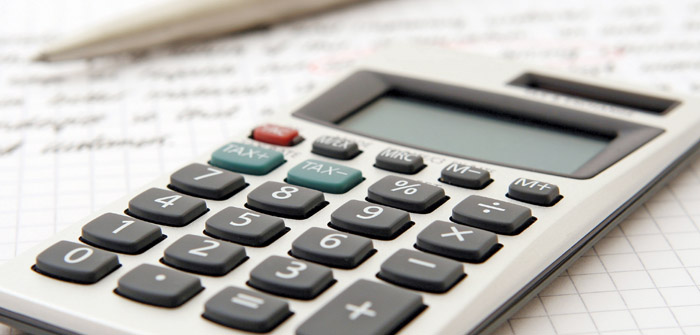Maybe you’re an entrepreneur who already knows exactly how much your business would be worth if you were to sell it today. Most of us, however, have only an approximate notion of such issues. With a few proven evaluation techniques, the job can become a bit easier.
Let’s admit though, that actual value of a business has a subjective component. One person might be willing to pay much more for a business than another—even though they both are from, say, Central Oregon.
Here are some useful steps you can take to get a clearer—and hopefully less subjective—valuation:
1. Use a central benchmark. In most types of businesses, one or two benchmark indicators will be especially important in figuring out the real value of your firm. For example: in a construction company it might be how many buildings are built in a year. In a restaurant, how many meals are served in a week or a month. Such figures can usually be found without much trouble both in trade journals and on the Internet.
2. Look at both book value and replacement value. Book value is, of course, the value of all the company’s assets as shown in the financial statements. If your accounting has been consistently sound, this figure should be both reasonably accurate and readily available. Replacement value is a bit more difficult to nail down. To arrive at an accurate replacement value figure, your best bet is to examine the market for all of the major assets in your company and run a total.
3. Check out your liquidation value. Liquidation value simply means the amount you could most likely get if you were to sell off all of the company’s assets, and usually we’re talking about selling them as separate entities. Again, this figure can usually be arrived at with a fair amount of accuracy.
4. Examine an earnings multiple. In other words, take a look at the value of your business on the basis of a net earnings ratio. A common rule is to estimate that most businesses should be worth about three times one year’s net earnings. If your business nets $125,000 annually, a rough estimate would place its value at $375,000.
5. Do an informal price comparison. In some cases, you can simply check out other businesses like yours and what they seem to be selling for. Obviously, if you own a business that is unique to your area, or even nearly so, this method won’t be much help. Often though, examining even somewhat similar businesses in this context can be helpful.
6. Check out your future earnings. If your company is growing rapidly, the future earnings approach can be helpful. When you use this method, you need to be taking into account the time value of cash, and ROI, or return on investment. Future earnings are never certain, as is any other device that involves predicting what will happen.
One issue we’ve left out is whether or not the value of your business includes any owned real estate. With the inflated cost of buildings and property in Central Oregon, this could be a very important issue. Include a real estate appraisal in your valuation, if it’s relevant.
The end result of all of these approaches should be to arrive at an accurate estimate of your business’s fair market value. Using this combination of formal and informal approaches, you should be able to arrive at a realistic price valuation of your business. You can also use most of these techniques when evaluating a business you are interested in buying.
Having a well-established valuation of your business, subjective though it can be, is a helpful—and often invaluable tool to have at your disposal.
Lowell H. Lamberton is professor of business at Central Oregon Community College. For more information, contact Professor Lamberton at 541-383-7714 begin_of_the_skype_highlighting 541-383-7714 end_of_the_skype_highlighting or llamberton@cocc.edu




